Jos Kivits: A Collectable Artist Turning Away from the Contemporary
Many may take inspiration from the esteemed Dutch Masters, few take that inspiration as faithfully as Jos Kivits. Hailing from the Netherlands, Jos’s paintings are recognised on Bluethumb as awe-inspiring pieces, boasting both technical skill and an impressive air of accomplishment. At a time when abstract art becomes further in demand, Jos Kivits offers a neo-classical approach to still life and landscape paintings, and continues to honour a traditional take on art. In turn, Jos delivers his compelling argument for turning away from the contemporary and adhering to more orthodox values.
How did your painting practice come about?
As a child we lived under the toxic smoke of a big chemical factory and I suffered from chronic bronchitis. Being in bed many weeks in the year I was given pencils and paper, and my mother loved flowers, so that is what I did. Then, when I was 12 years old I joined evening painting classes, and made my first oil painting which my older brother wanted. I felt flattered, and when I was 15 went to a school for art. However, my mother did not like the idea of having an artist in the family and I found work at an architect bureau first, and later as a junior at the Philips concern at their artistic propaganda bureau. Then before I married I took over my father’s wholesale business in textiles and started to collect art.
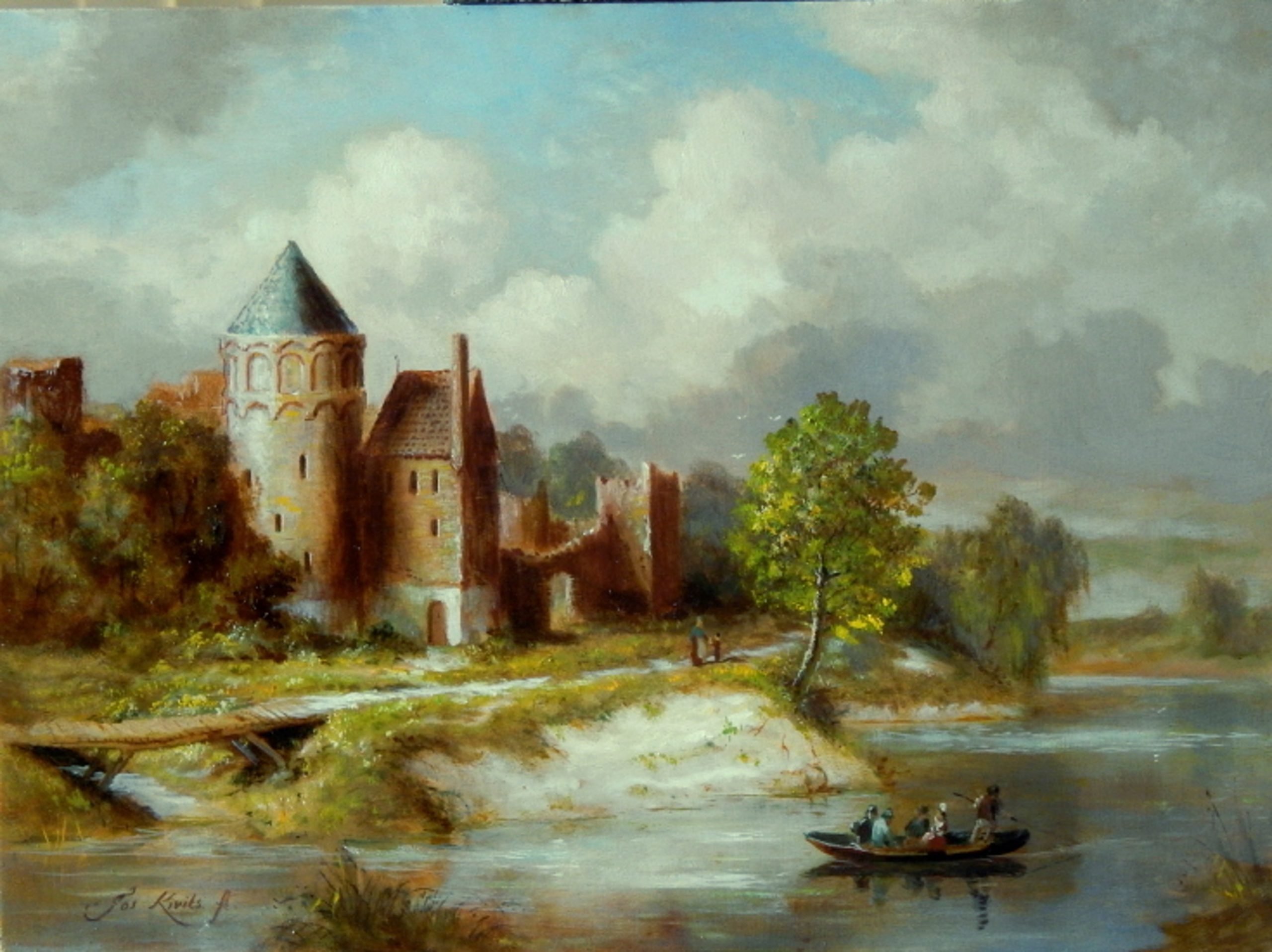
Jos Kivits often pays homage to his motherland in his artworks, such as in this Dutch Landscape.
What brought you to live in Australia?
It was due to an epiphany that I received when I was 27, a calling to sell the business, go to New Zealand and become an artist. By that time we had 2 children and a good business. Yet, I followed the calling after I had had some more lessons by our region’s most celebrated realist artist. We packed up and left with a great sense of anticipation and expectation as I went into it in blind faith. It took seven years of hard work and a lot of study until all our savings from the sale of the business were gone and we had to sell off our cars we came to New Zealand with. You could say we went totally broke and I questioned those who had spoken to me years earlier, a little.
Like today, in 1973 to 1980 it was all abstract that you saw in art galleries. But I had the strong feeling I should not go after anything that was not realistic. After a period of severe drought in sales, and testing times by the critics in the newspaper, my work was eventually accepted by a South African art dealer in Auckland and started to sell. A number of good years followed and we were able to recoup our losses, although we could never buy back the antiques and art we had to sell. The requests I received and the different galleries chasing me caused me to paint 65 hours a week with no holidays or breaks. We bought a house, built a studio and a car. We decided to leave New Zealand and live in Australia in the hope of a less stressful life.
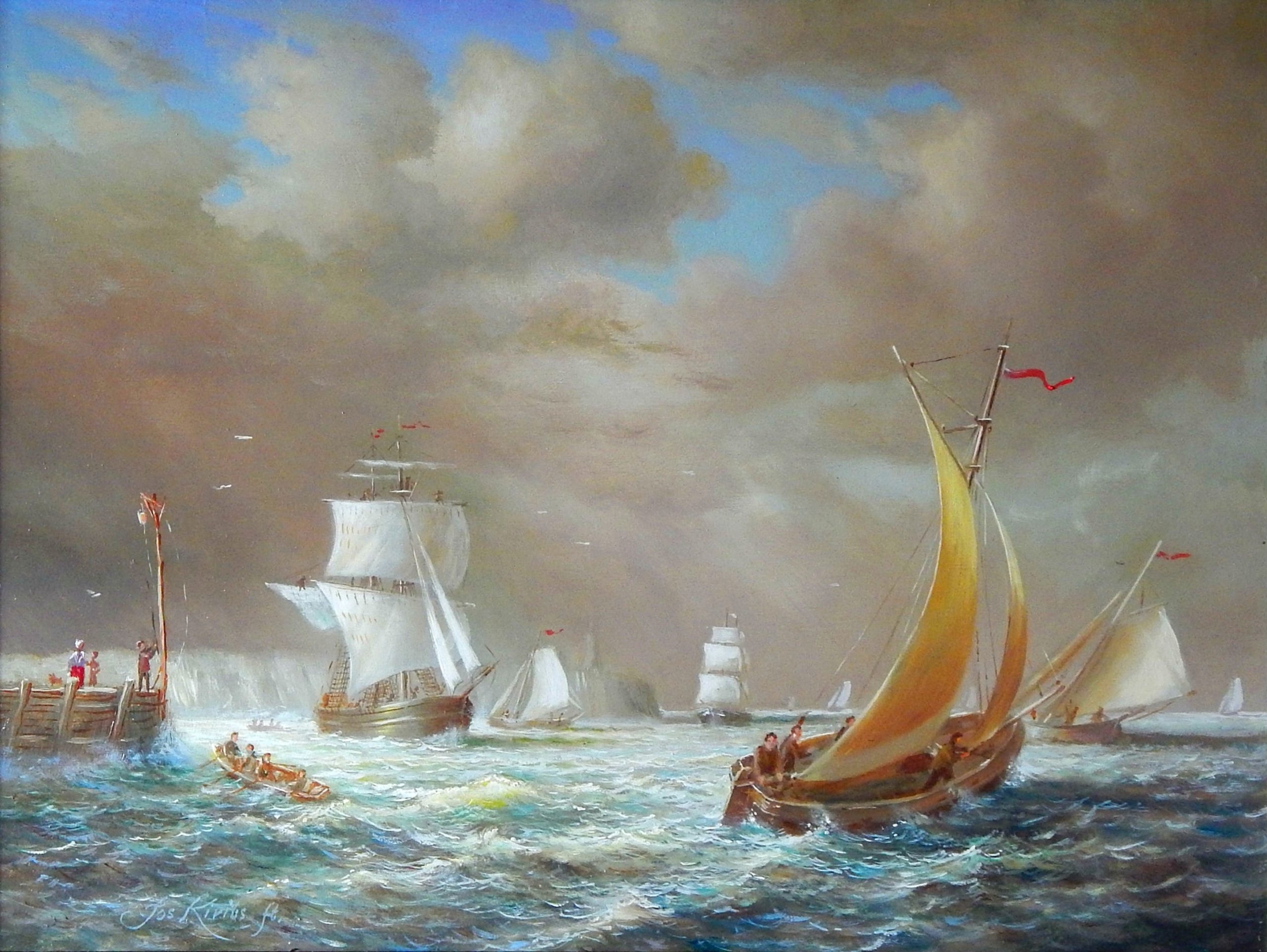
Jos Kivits allows his imagination to depict what the coastline of Australia would have looked like in the 19th Century for this seascape.
What highlights have there been in your artistic career?
I met some great art lovers and successful business people who became my patrons in New Zealand and in Sydney. However my greatest thrill was a dealer on the North Shore of Sydney who was a lover of the fine arts, and had a small gallery in Crows Nest. We put on a number of exhibitions together over the time that he had his gallery there. He himself lived near Newcastle, and every day he drove to Sydney. Only on a Wednesday he stopped over and we would talk art and other things for hours. This man was my muse and my friend. Sadly during the recession, he had to close his gallery and started to lecture at the University near where he lived.
You describe your artwork as Ethnic Dutch style. What characteristics does this style have?
Very early in the piece long before the Netherlands split from Belgium, around 1600, the Flemish School was as famous as the early Italian ones. The only difference was their paintings were much smaller. They were cabinet pieces, made to enjoy in one’s living room and not in a church or a huge hall of sorts like the Italians. They were magnificent in technique and colour. If you ever have the chance to go to Antwerp you should go and see them. So perfect and already showed better perspective than any other school that existed. Even today, they look like they were painted yesterday. This was due to the oil paint they had invented and it gave a special 3D effect. Magical, absolutely fantastic – it gives me goosebumps.
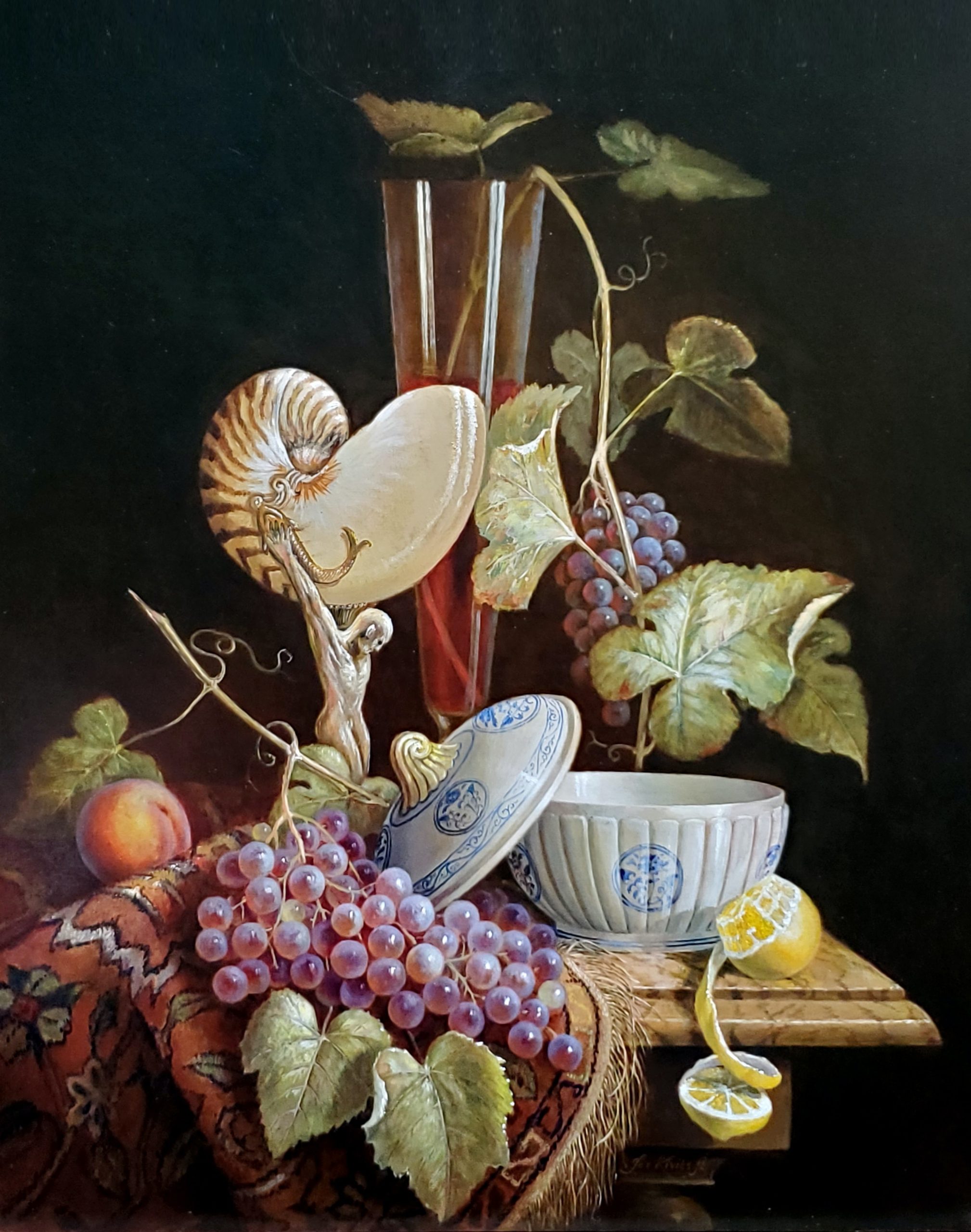
The Nautilus Shell Ornament was strongly influenced by the 17th Century Dutch masters. The shell was the only physical prop used; the statuette, ceramic ribbed bowl, Persian rug and everything else were purely from Jos Kivits’ imagination, from mind to brush.
Over time the Dutch schools of art developed in a different direction. Different cities had their unique taste, and Amsterdam with its surrounding cities, being a safe haven for the persecuted Jewish traders who were leaving Portugal and Spain and had formed the Far Indian Company, were great patrons of the arts, with the result that Rembrandt, Frans Hals, Jan Steen and Johannes Vermeer could reach the summit. Great floral painters like Jan van Huysum, and still life artists like De Heem and Heda have never had their equals. Later on, in the beginning of the 19th century there were marvellous landscape artists like B.C. Koekkoek and seascape artists like Meyers and Schotel. When you see these masters’ work you will see romance with nature and the environment. Pure realism in many different ways.
What attracts you to still life painting?
When I was attending art school, my older brother and I would go to exhibitions. They were mainly modern artworks, and we would say: “We can do that too.” And we did. We painted like Picasso, Klim, Pollack, Karel Apple, etc. but we were never as fulfilled as we thought we should be. Then one day, before we went to the cinema, we had an hour to spare and popped into a small gallery in the heart of the city. It was an exhibition of fine pencil drawings, some as small as 10cm x 10cm of pebbles; just river rounded ones of different colours. They were so realistic and fascinating that I did a few small drawings of plain objects in black and white in such realism that I was impressed myself. So, I decided to break from modern art (all my abstract paintings I destroyed, bar the ones that some friends already had taken) and started to study realism. At first it was photographic realism, until I started with flowers. This was a challenge and a half, for it was almost impossible because they started to wilt while you were drawing them, let alone do them in oil paint. It was the thrill of pulling it off that became addictive. When one day in Auckland they had an exhibition of Dutch still life masters, there was a small painting, about 40cm x 60cm of a classic still life, and I started to feel faint. It caused my tears to flow and my heart to palpitate; a very unknown work of one of the Dutch still life painters. Breath taking! At least for me it was. I’d never felt so happy with anything anyone could give me, but just to see that painting!
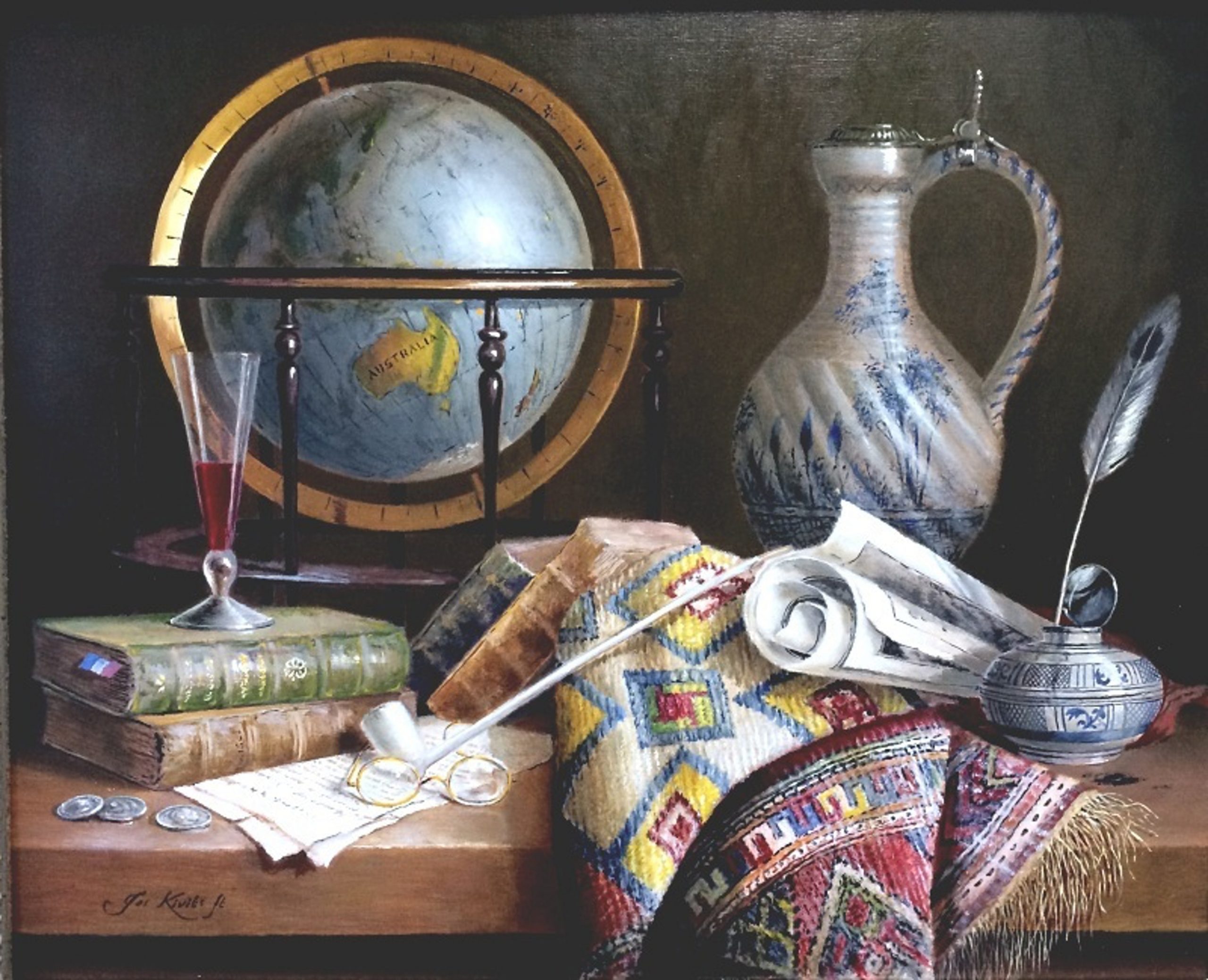
It feels like a long time since we were Planning for a Trip; Jos Kivits encapsulates the romantic quality of the moment with a more traditional representation of such an act.
What makes a collectable artist, in your opinion?
There are different sides to this question: one artist paints and is collected for the possible increase in the investment value of the work. In that category you do not need to be good at what you do, but you need to be smart in what you are not going to say on the opening night of the exhibition! These collectors are not interested in how good a painting is but buy them for the signature. The other collectable artist is the one who wants to please the people with how well the painting would fit into their collection and goes with the curtains. The other artist and collector are looking for something that is different to anybody else’s work, something very new, unique, forgetting the adage: “Something new is not always better, and something different is not always progress.” Others are following the tastes of the richest collectors, and brag about the name of the people who bought them. Others are only seeking paintings with shock value, the ones that make the evening news. There are few collectors that are truly eclectic, that judge and like every painting for its own merit. And then there are those – like myself – that do not like to have an opinion for fear of open criticism. I have been hurt too many times, yet I brought it upon myself I guess.
Do you have any small goals for the future of your artistic journey?
My dream and goal is to preserve the art that once was, now is, and will be again. The art that is pure and honest in its execution, without the help of mechanism, photography, grit lines and the like. This is in my opinion the eternal and ultimately true art. Art that carries a greater burden, that is truly timeless, a classic, one that a child of 5 years and a grandmother of 95 years can enjoy, without having to be brainwashed, and without preconceived ideas and programming in news bulletins. Like a good and nice piece of music, not too heavy, not too frivolous, just pleasant, that brings a tear to your eyes and tickles the cockles of your heart. Sadly, I have not seen any lately. They seem to have ended up in the attic or in garages until they have rotted away.
I will never forget reading about two Dutch artists, long after they had died. One by the Name of Alma Tadema whose work sold for the price of a mansion while still alive in 1910. Then in 1952 the same work was sold on to Sotheby’s, I think, for $2,500. The other one was B.C. Koekkoek, also greatly sought after during his life and then forgotten for 100 years. A dealer found one of his paintings standing next to the dustbin on the street. Years later the first one was resold for $1,250,000 and the other one was sold in the 1990s in the vicinity of $270,000. Not to mention the most famous Rembrandt, The Night Watch, was used as underlay for a carpet for 150 years until it was rediscovered, and is now considered absolutely priceless. It is very painful to be forgotten and dumped as irrelevant by the avant-garde – believe me. I’ve looked back on my own life and understand that old people never fit in any time, and it is probably for that reason many go senile so as to forget and to forgive and let fashions be what they are. I hope that mankind will still be able to smell the roses in the next few decades, for even the modern roses are losing their original scent.
Jos Kivits is one of our top ten still life artists, as well as a prominent Collectable artist – see the full list here. Catch his work in our Goodwood Gallery if you’re an Adelaide local.


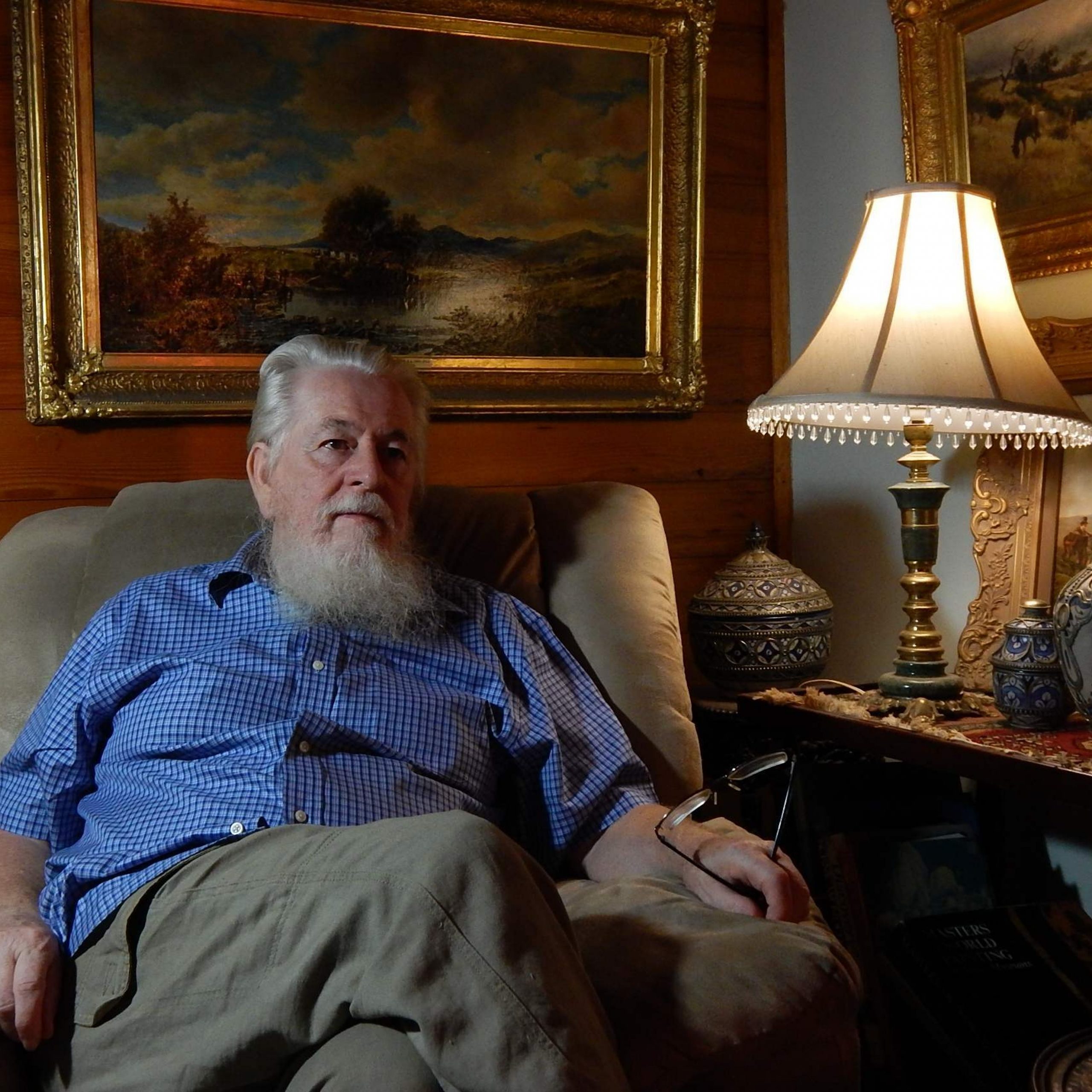
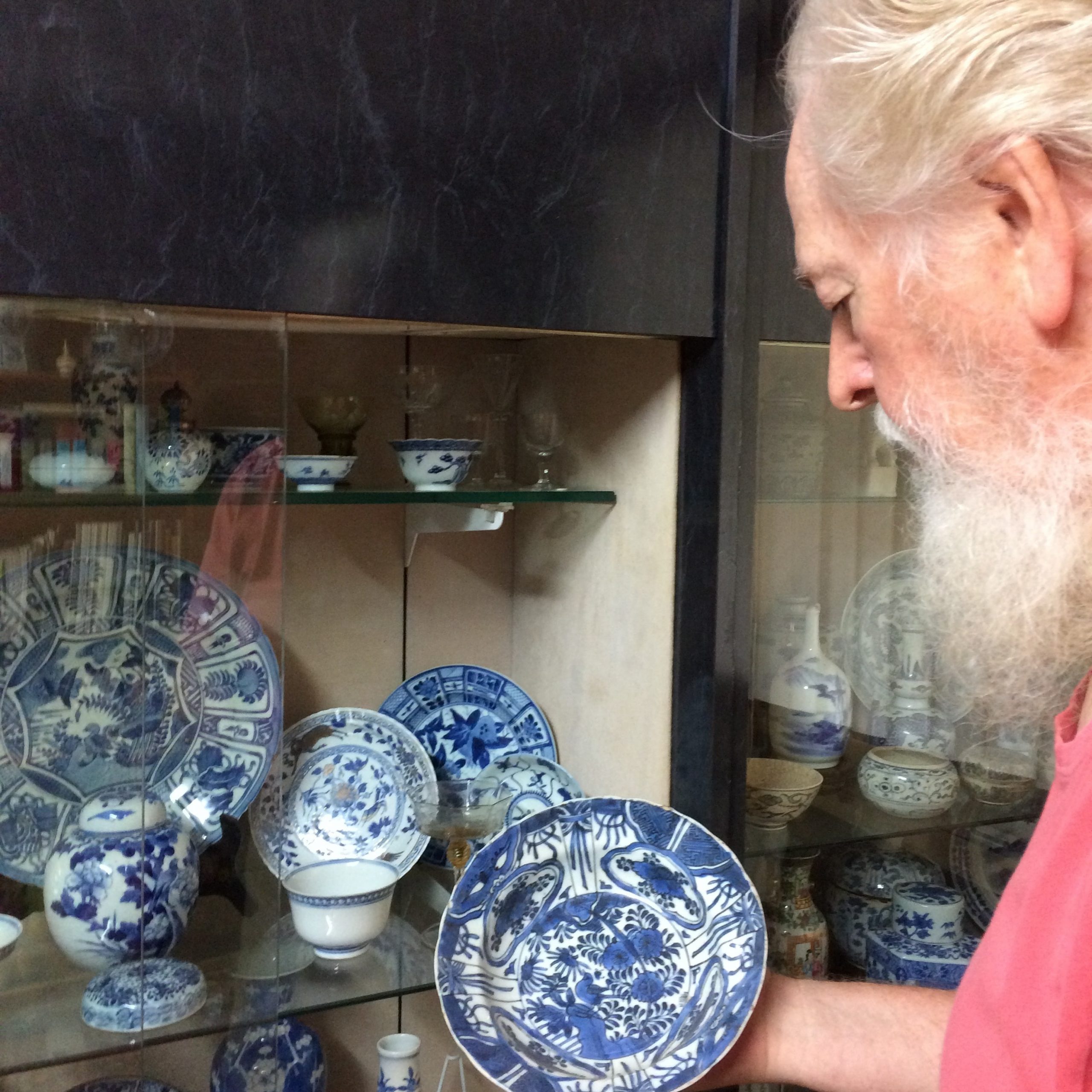
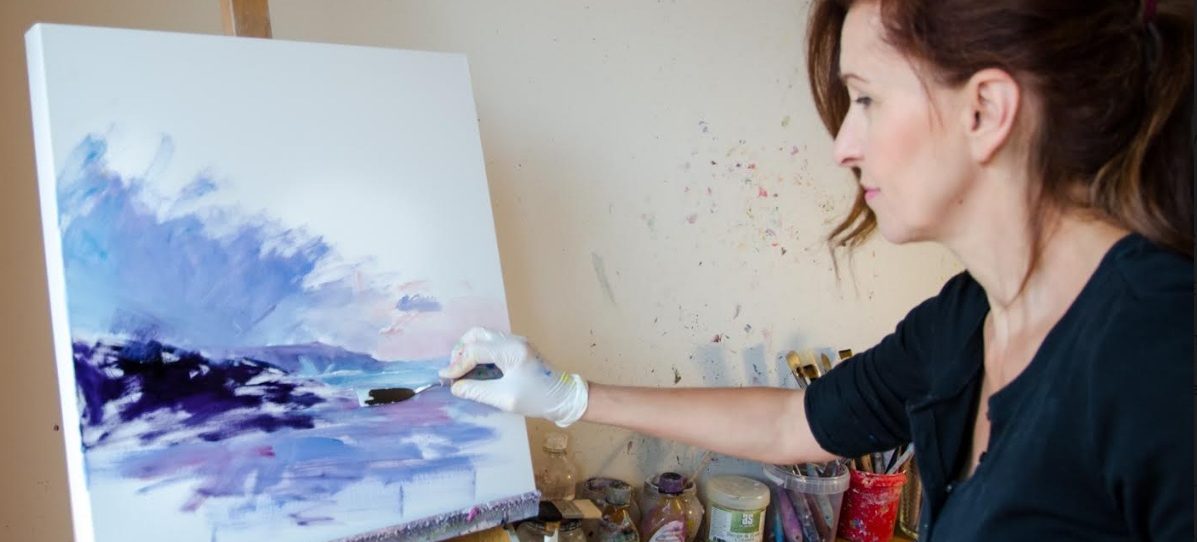
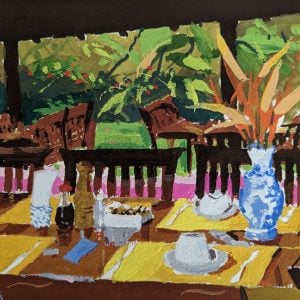
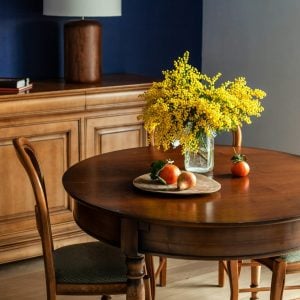
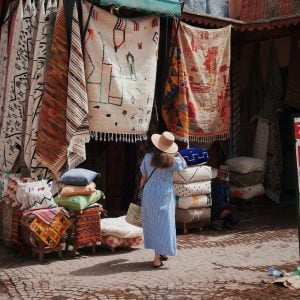






Thank you so much on sharing this. Jos what a beautiful artist, loved reading about Jos and his art, The Dutch art is a must to see. Having Dutch parents, I was able to grow up with many Dutch paintings, My mentors are Vincent Van Gogh, Anton Peck, Sandra Messner.
I did not know about Jos Kivits, to my amazement , as his work is of such a standard it should be up there with the greats. I suppose it just goes to endorse a point he made in his article, viz, there are fashion trends in art and collecting.
I appreciate the emotion he felt when he saw his first Dutch still life masters exhibition. I feel that way even when I see them in reproduction. So much more than photo realism they transport the viewer to an image that one would never imagine was possible to render in paint.
Absolutely amazing. Yes, today’s contemporary work is appalling as people are too busy to sit,relax and enjoy quality art. Our society had adopted a “throw away ” mentality and they only want colour not quality. There is snobbery connected with art, only oils are suitable, yet our galleries have countless quality watercolour works which are centuries old. Well done Jos, your work is stunning, amazing and inspiring. Keep painting. Di
thankyou Jos for the interesting story you tell here, i am an artist and have never sold a damn thing but that’s fine with me. i agree wholeheartedly that art in the classic or romanticism periods may never be replicated or be as honest or appreciated as it once was, different times different periods a persons education and upbringing change with the times. art, music, architecture , fashion design and technology forever will move forward relentlessly this is progress for better or for worse. such is life without, progress no Monet or Van Gogh’s to Pollock, no Elvis, Beatles, Waylon Jennings, Johnny Cash Bob Dylan, my son listens to Lil Wayne (Rap) i get the songs but i do not feel anything at all my son is the same when listening to Bob Dylan it doesn’t stir up the same feelings as it did for our generation. its the same for everything in life things change, i profess that true art is exactly how you explained it, beautiful, romantic precise in detail a true likeness created by the hand of a gifted artist. The rest could be said, for abstraction paintings, slapped together in their zillions as decorative at best but not mastery. yet I can appreciate all art for what it truly represents. its an individuals perception that one chooses to like or dislike regardless of another perception. we are all individuals and react to what we see and how we feel about it. lets say we have reached the Everest in (rap) in what direction does music go from here same could be said for art staring at a black canvas without subject or matter or a banana stuck on a wall where does art go from there. it may well be at some point turn full circle and be appreciated as it once was but it wont be in our lifetime I’m afraid. the likes of Gainsborough, titian, whistler, van Eyck , Sargent, Bruegel, Freud, turner , constable, Cezanne there are so many thousands of gifted painters most will never know or see to appreciate how beautiful they really are. To me there works are true art the modern day painter except for maybe a few will never have the patience, dedication, knowledge or perseverance, creative genius to come even close to replicating the old masters. so i get and understand fully and appreciate what you conveyed so thankyou. R/T…
Hi Jos, I am a long-time admirer of your work. I have Dutch heritage and have been drawn to collecting many of the things you do, Delft blue pieces in particular. I happen to have married a cloggie too, so it’s all around me 🙂 I hope to have a piece of your work in my home at some stage. Thank you for your work xx Mandy
We have quite a few masterieces by Jos Kivits in our collection. Believe me, they are even better in real life than the images. We had the pleasure of meeting and conversing with Jos when he lived in Sydney at several of his exhibitions. A gentleman and an artist in the true meaning of the word.
Amazing ….this is art……observation, feeling, study…..